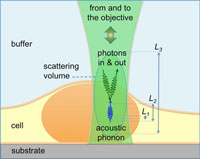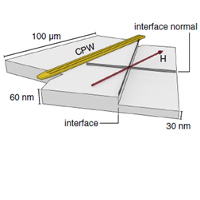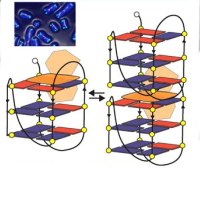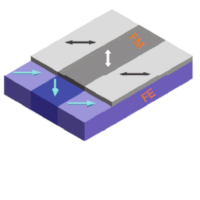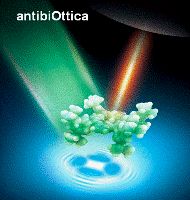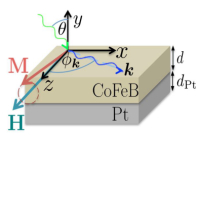A biophysical method to study DNA nanosequences for antitumor therapy
The G-quadruplex structural motif of DNA came to be known as a new and stimulating target for anticancer drug discovery. The human telomeric G-quadruplex consists of guanine-rich single strand repeats, which can fold into higher-order DNA structures. Small molecules that interact with the G-quadruplex structures in a selective way may serve as potential therapeutic agents, and have gained impressive interest in recent years.
Stabilizing G-quadruplex secondary structures, indeed, prevents telomere elongation by the telomerase complex and the knowledge of the underlying mechanisms can contribute to the development of new anti-tumor protocols.
We have conceived a multi-technique approach based on different spectroscopic techniques to study the interaction between the human telomeric sequence AG3(TTAG3)3 and Actinomycin
D (ActD), an anticancer ligand with remarkable conformational flexibility. Human DNA with and without drug has been investigated by means of circular dichroism spectroscopy (UNIPG, IOM-CNR), ultraviolet resonance Raman spectroscopy (ELETTRA-CERIC in Trieste) and small angle scattering techniques (Heinz Maier-Leibnitz Zentrum in Munich, and Jülich Centre for Neutron Science in Jülich) upon thermal unfolding.
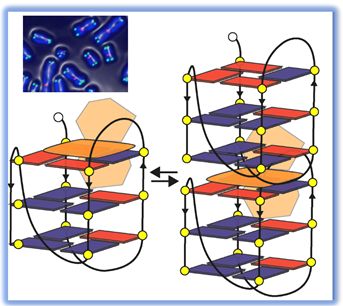
Figure 1: Interaction between G-quadruplex and ActD. The ActD molecule induces a partial dimerization of the G-quadruplex structures favouring their stabilization.
The results from the present integrated experimental strategy suggest that, even at high temperatures, the complex is prevented to adopt a self-avoiding random-coil conformation due to the interaction with the drug, that possibly stabilizes a structure where the oligonucleotide is partially folded. We propose that the ligand conformational flexibility plays a key role in promoting quadruplex topology changes and dimerization, and in stabilizing high-temperature structure with residual base stacking.
Our approach represents a step forward towards the development of biophysical methods to be used in the biomedical field.
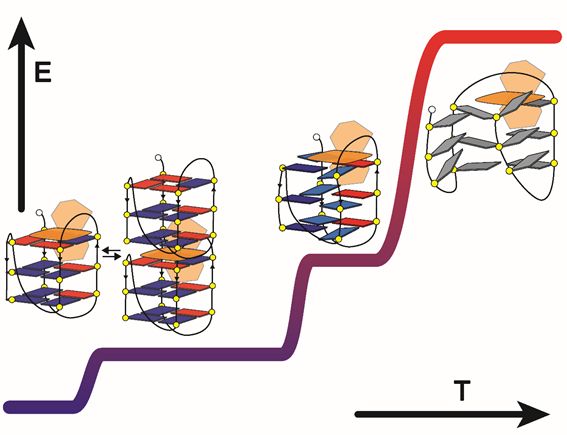
Figure 2: Unfolding picture for human telomeric sequence interacting with ActD.
More details can be found in: Federico Bianchi, Lucia Comez, Ralf Biehl, Francesco D’Amico, Alessandro Gessini, Marialucia Longo, Claudio Masciovecchio, Caterina Petrillo, Aurel Radulescu, Barbara Rossi, Francesco Sacchetti, Federico Sebastiani, Nicolò Violini, Alessandro Paciaroni; Structure of human telomere G-quadruplex in the presence of a model drug along the thermal unfolding pathway, Nucleic Acids Research, Volume 46, Issue 22, 14 December 2018, Pages 11927–11938, https://doi.org/10.1093/nar/gky1092
The results have been highlighted in:
https://www.ceric-eric.eu/2018/11/21/press-release-a-hug-against-cancer/
https://oggiscienza.it/2019/01/08/dna-forma-scaffale-lotta-contro-cancro/

